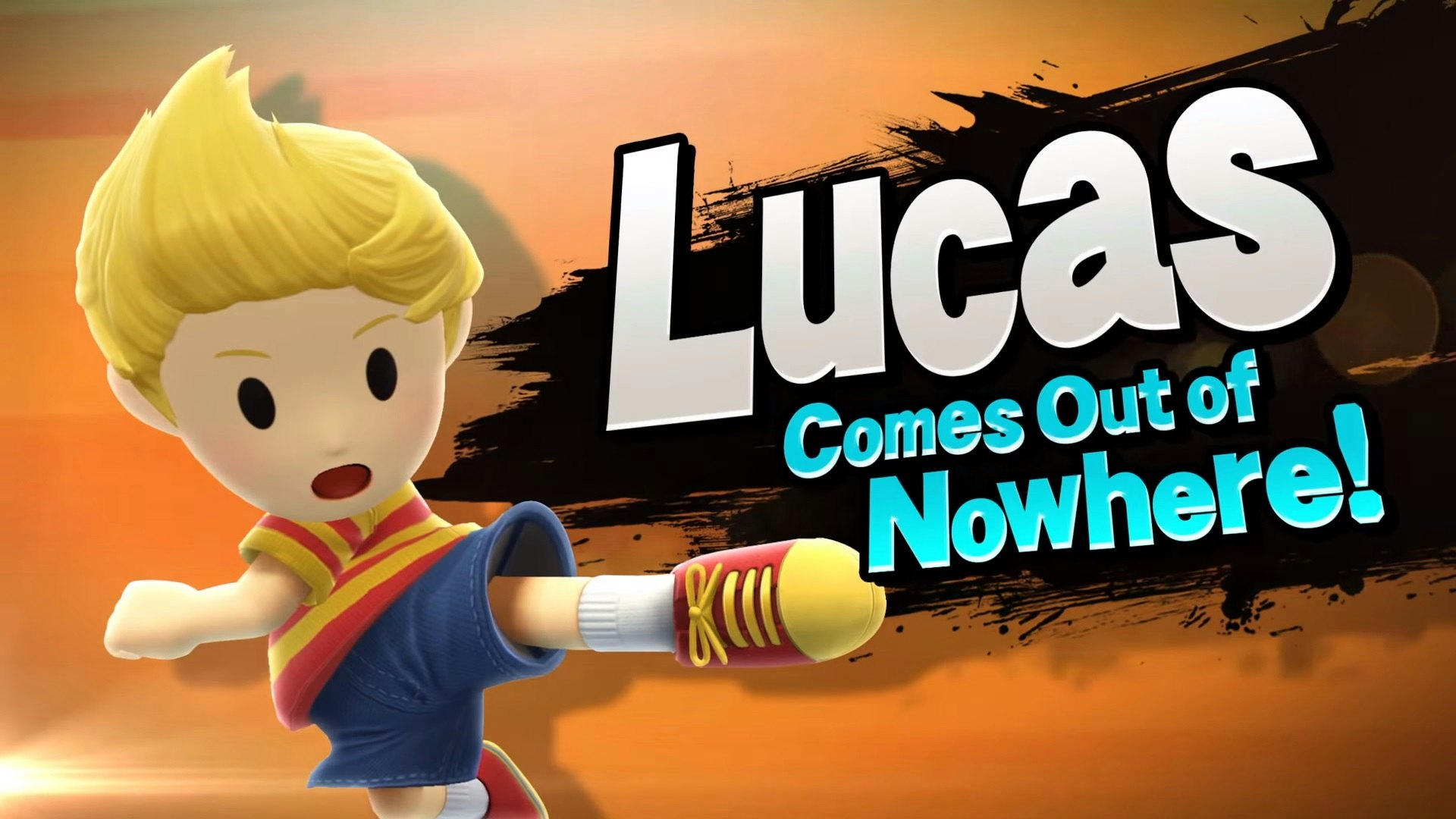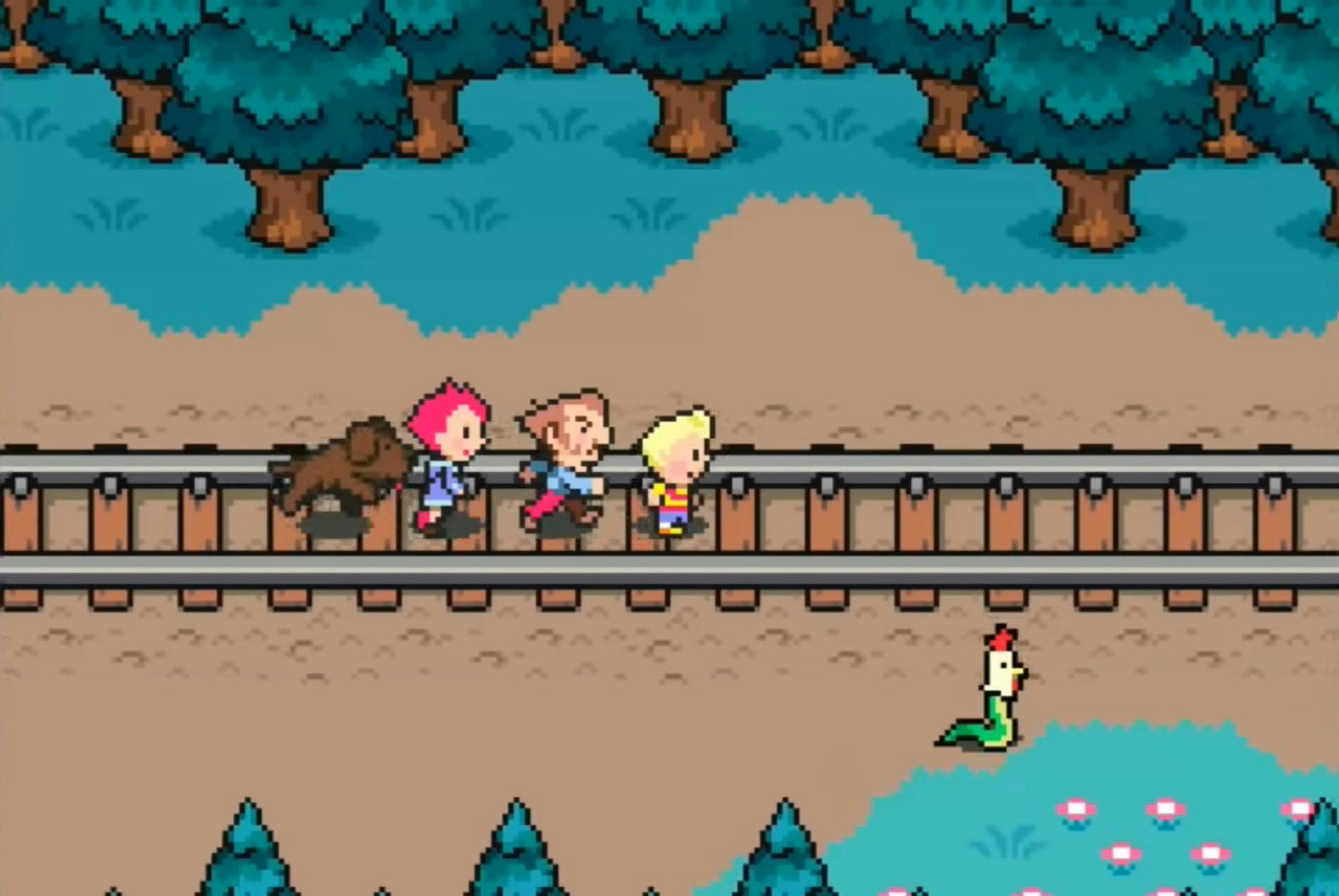
Gaming has changed a lot over the last two decades. More powerful consoles and more sophisticated development tools, have changed games themselves and how we play them. But perhaps just as important is how different games are distributed today. Widespread online storefronts and plentiful ports can make it seem like you have access to every game imaginable. Still, there are games out there that feel like they’re lurking in the shadows. There are rumors and hints about these gaming cryptids’ existence (or are they just jokes?), but they never seem to be caught.
That’s the case with Mother 3. Fans of the series have been seeing signs of it in the wild for years, but ultimately, it’s enthusiasts who keep the dream alive. It would seem incredibly strange today for a successful worldwide series to release its latest game in just one country today, but that’s exactly what happened with Mother 3.
Mother 2 was released in North America in 1995 under the title Earthbound. While it wasn’t an immediate success, it came to be known as one of the best RPGs of all time, gaining legions of fans for its original story and quirky sense of humor. It would seem like an easy win to release the sequel as quickly as possible, but 27 years after Earthbound and 16 years after Mother 3’s release, the game is still unavailable in an official form outside of Japan. Whether it’s because it’s so hard to play in most of the world or in spite of it, Mother 3 has become a subject of fascination and frustration in the years since its launch.

Developer HAL Laboratory started work on Mother 3 in 1994, before Earthbound even had an English release. Its meandering development cycle would take more than 10 years, changing platforms from Super Famicom to Nintendo 64, then to GameCube before the game finally came out on Game Boy Advance in 2006. An English translation was reportedly planned but scrapped after the Japanese release for fears the game’s discussions of grief and drug use would be too controversial for Nintendo.
Mother 3 did receive some reviews from international critics upon release, but the fact that it was only available in Japanese severely limited the number of critics who could even consider taking it on. The reviews it got were positive, in line with retrospective evaluations of Earthbound, with most of the praise directed at the game’s story.
Almost immediately, people started clamoring for an English release, and criticism of Nintendo for not creating one hasn’t ceased to this day. The lack of an official translation has turned Mother 3 into a cult object for Earthbound fans, inspiring loving odes to the rare game and endless cries for a new release. Toby Fox, the developer of another beloved cult RPG, Undertale, directly cites Mother 3 as an inspiration for the game’s music and boss battles. As recently as this February, a fan team released Mother 3: Tribute, an animated mock-up of what the game could look like if it were remade from the ground up today.
Nintendo is very much aware of Mother 3’s cult status, going as far as to work fans’ demand for the game into its E3 2014 presentation. There, the company presented a short animation created by the Adult Swim show Robot Chicken depicting then-president of Nintendo of America Reggie Fils-Aimé flinging a Super Mario-style fireball at a fan who asks about the game. Fils-Aimé has also joked about the game on Twitter, trolling fans by saying he plans to play the English version soon.
Jokes aside, Nintendo has acknowledged fans’ love of the Mother series in more concrete ways as well. Lucas, the protagonist of Mother 3, appears as a playable character in Super Smash Bros. Ultimate, alongside Earthbound’s Ness. The first two games in the series even got a recent release as part of the Nintendo Switch Online service, prompting Mother 3’s producer to speak out about his hope for the game to be officially translated.

Nintendo’s refusal to release an English version of Mother 3 doesn’t mean the game is inaccessible to those of us who don’t speak Japanese, though. Just as the internet has transformed how publishers sell their games, it’s opened a whole new avenue for fan projects.
Fan translations of the game date back to the ‘90s, when they were distributed on floppy disks. When PC-based console emulators came into fashion, it became easier than ever to translate and distribute games that were otherwise inaccessible.
In 1998, just two years after the game’s Japanese release, a translator named Clyde “Tomato” Mandelin released a downloadable patch that translated the game entirely into English, alongside a fan-made strategy guide. Decades later, it’s still considered one of the best fan translation projects ever. While unclear legality makes fan translations inherently risky, Nintendo executives knew about the project during its development, with Fils-Aimé even publicly acknowledging it. If Mother 3’s unavailability made it a legend for English speakers, it’s the fan translation that made it a classic.

It’s easier than ever to play Mother 3 in English, but doing so still means either pirating the game or creating your own ROM image from an imported copy. That makes it off-limits or at least a sketchy proposition for many players. And that, in turn, makes now an ideal time to release an official Mother 3 translation.
Square Enix recently announced a remake of the 1994 Japan-exclusive RPG Live a Live, which was met with cheers from the game’s cult audience. At the same time, fans were eager to jump back into Earthbound when it was added to Nintendo Switch Online. Whether it comes as a full remake or a translation of the original game, a legal, easily playable English version of Mother 3 would finally give an important part of gaming history its due.







